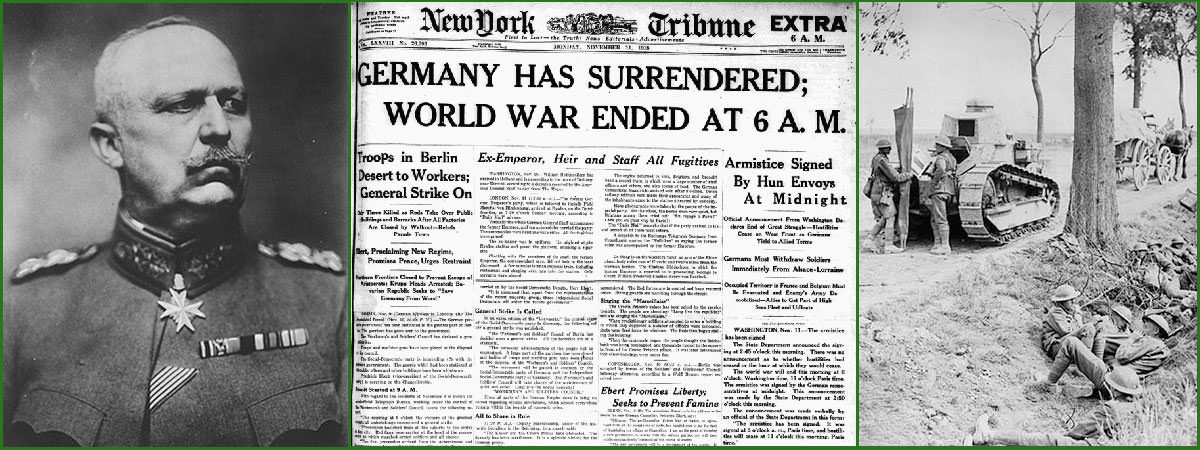World War I was a global conflict fought between the Central Powers of Germany, Austria-Hungary, the Ottoman Empire and Bulgaria; and the Allies which was a coalition of many nations, most prominently the Great Britain, France, Russia, Japan and Italy. It began on July 28, 1914 and ended on November 11, 1918. The major events of the First World War in 1917 include the Russian Revolution; the entry of the United States in the war on the side of the Allies; and the withdrawal of Russia from the war. In 1918, the most important events include the German Spring Offensive; the 100 Days Offensive of the Allies; and the surrender of the Central Powers leading to the end of the war. Here are the 10 most important events of the First World War which took place in 1917 and 1918.
#1 Russian Revolution
| Date: | February–March, October–November, 1917 |
The Russian economy had made decent economic and industrial progress in the 2 decades prior to the war, but it was ill equipped to handle two years of total war. After some early success against the Central Powers, the Russian war campaign had suffered consistent and considerable losses. The outbreak of World War I had led to an initial wave of nationalism, but increasing number of defeats and poor conditions had turned the opinion of the people. 1905 had seen Russia at the brink of a revolution and a decade later the dissatisfaction among the populace had begun to resurface. Exasperated by the losses, Tsar Nicholas II decided to personally take command of the army in September 1915. This would further weaken his control over the nation, with every defeat being closely tied with him and shattering the image of a divine infallible tsar.
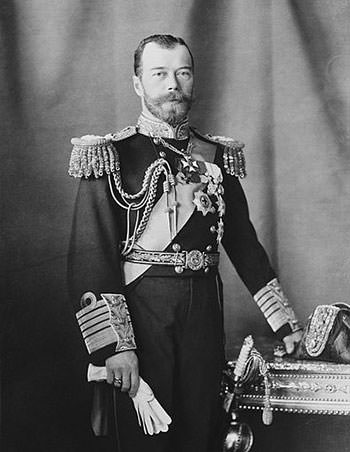
In February 1917, things would come to a boil due to shortages of food and supplies. Strikes and demonstrations would begin which would lead to political and economic gatherings, and tens of thousands taking to the streets in protest. Tsar Nicholas II was finally forced to abdicate, ending 300 years of Romanov rule in Russia. The newly formed Russian Republic would continue to fight the war alongside Romania and the rest of the Entente. However, they would soon be overthrown by the Bolsheviks under Vladimir Ulyanov, or Lenin, in the October Revolution of 1917.
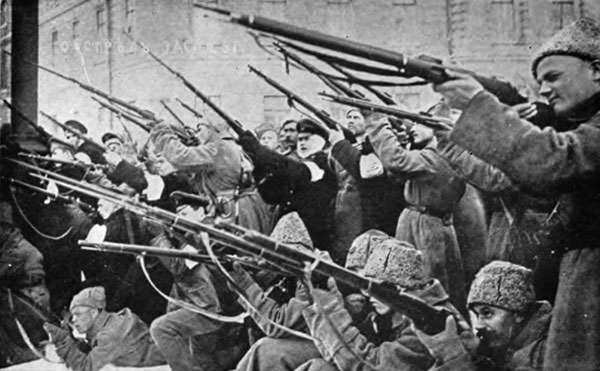
#2 The United States Enters World War I
| Date: | April 6, 1917 |
For two and a half years since the break of World War I, America had maintained its neutrality in the war; a position favored by majority of Americans. Though neutral in war, America had been a major supplier to Britain and the Allied forces, and was thus often caught in the submarine warfare around the British Isles. After the sinking of Lusitania on May 7, 1915 in which 1200 passengers including 128 Americans were killed, Germany had pledged to ensure the safety of passengers before sinking unarmed vessels in August the same year.
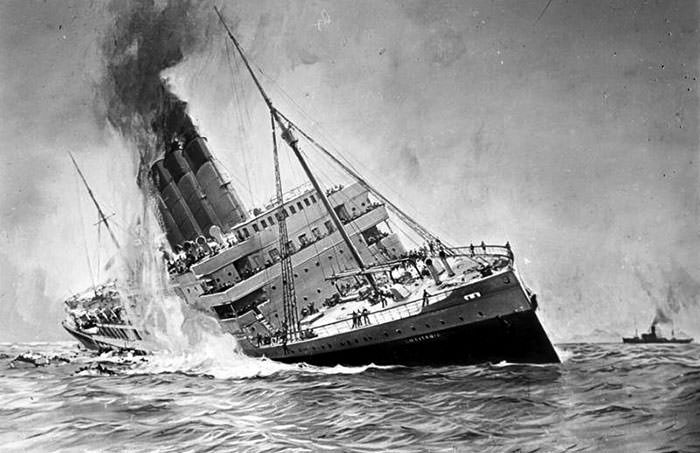
By February of 1917, the war was already in its third year, and it had put enormous strain on all participating nations. Determined not to blink first in what was now a war of attrition, Germany resumed its policy of unrestricted submarine warfare. The breaking of the pledge meant United States breaking all diplomatic ties with Germany. American liner Housatonic would be sunk by a German U-Boat in early February. Moreover, four more merchant ships will be sunk in March, leading to outrage among the Americans.
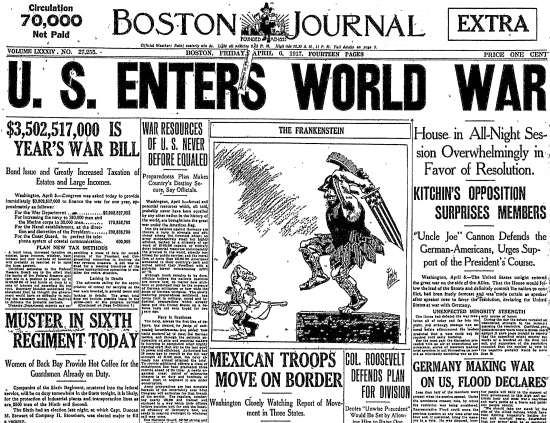
To add fuel to fire, the British communicated with Washington an intercepted telegram sent by German foreign minister Arthur Zimmermann. In this telegram, he was inviting Mexico to join the war against United States as a German ally. American president Woodrow Wilson would finally go to Congress on 2nd April, calling for a declaration of war on Germany. On the April 6, 1917, the United States would join WW1 on the side of the Allies.
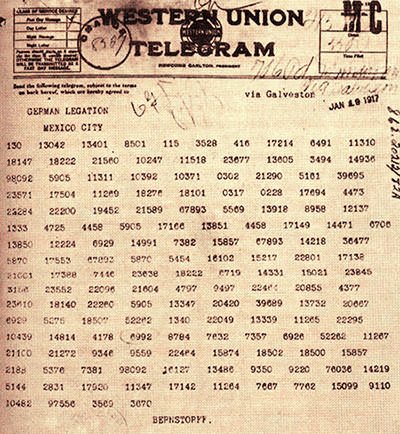
#3 Greece declares war on Central Powers
| Date: | June 29, 1917 |
For most part, Greece had managed to remain neutral in the Great War. The political situation in Greece was complicated, Prime Minister Eleftherios Venizelos wanted Greece to enter the war on the side of the Entente while King Constantine insisted that Greece should stay neutral. This politics continued with the prime minister resigning two times; forming an alternative government; and recruiting volunteers to fight on the side of the Allies. In June 1917, after the Allies failed to convince the King, French Admiral Dartigue du Fournet started an Athenian siege forcing Constantine to abdicate and leave the country on 11th June, 1917. Now, with Eleftherios Venizelos in power, Greece declared war on the Central Powers on 29th June, 1917.
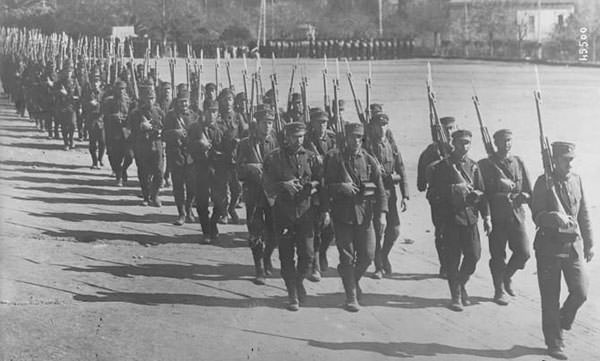
#4 Russia withdraws from The War
| Date: | December 1917 – March 1918 |
In October 1917, in Russia, the Bolsheviks and the Left Socialists managed to stage a nearly bloodless coup forming a new government composed mainly of Bolshevik commissars. Their promises of “peace, bread and land” were in sync with the Russian workers, soldiers and sailors, who gave them a strong base of support among the people and within the Soviet. The Bolsheviks would soon honor their promise of ending Russia’s participation in the First World War. On 15th December 1917, an armistice between Soviet Russia and the Central Powers was concluded and peace negotiations began in Brest-Litovsk a week later. The Treaty of Brest-Litovsk was signed on 3rd March 1918 between Soviet Russia and the Central powers, marking the official withdrawal of Russia from the war. The treaty however would soon be obsolete with the defeat of the Central powers.
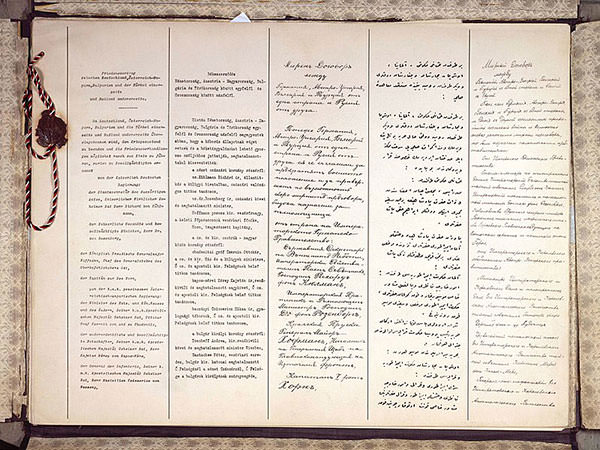
#5 German Spring Offensive
| Date: | March 21 – August, 1918 |
The armistice with Russia in late 1917 had freed 48 German divisions on the eastern front, prompting Germany to consider breaking the deadlock on the western front in France. The Germans under General Erich Ludendorff soon realized that their best chance to win the war lay in a decisive victory before the arrival of overwhelming American forces and supplies. The offensives, known as the German Spring Offensive, began on March 21, 1918, and were code-named Michael, Georgette, Gneisenau and Blücher-Yorck. The German attack was the biggest breakthrough in three years of warfare on the Western Front and the first few days were an overwhelming success. However there was a major problem, the Germans were unable to move supplies and reinforcements fast enough to maintain their advance. By June 2018, the offensive had lost steam, almost 230,000 men were lost and Allies had managed to defend strategic areas by concentrating their strength.
“We are going like Hell – on and on, day and night. Our baggage is somewhere in the rear and we don’t expect to see it again.”
Captain Rudolf Binding
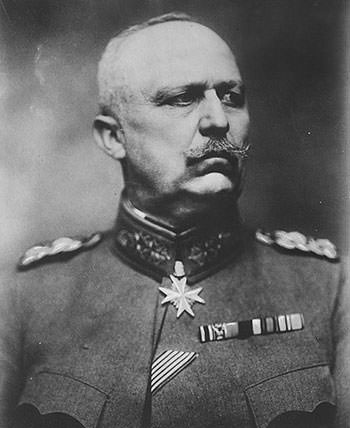
Second Battle of Marne
On 15th July, 1918, General Luderndorff ordered what would be Germany’s last offensive in World War I. The Second Battle of Marne, a diversionary attack to capture Reims and split the French armies, was foreseen by French general Ferdinand Foch. German troops did cross the Marne River at several points but were not able to advance. Moreover, they had to take heavy losses. The Second Battle of Marne marked the turning point on the western front and was followed by the Allied counter offensive that would end the war.
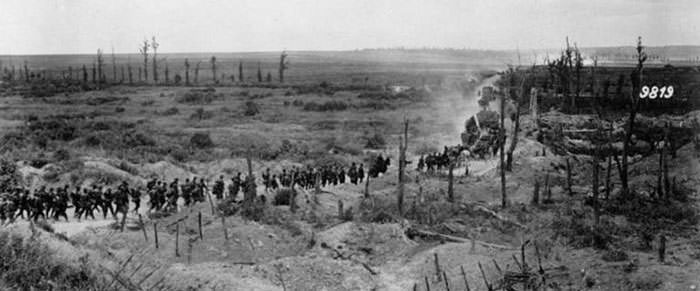
#6 100 Days Offensive
| Date: | August 8 – November 11, 1918 |
The so called “100 day offensive” doesn’t refer to a particular battle but to the rapid Allied victories against German forces on the western front. Starting with the Battle of Amiens on the 8th August 1918; and followed by the Second Battle of Somme and the March to Hindenburg, the Allied Forces under Supreme Commander Ferdinand Foch launched a series of successful attacks on the Germans. The Germans were forced to retreat taking their last military resort on the Hindenburg Line, which consisted of 6 defensive lines, 5 kilometers deep and parallel to the Belgium border. The line would be breached on September 29 after intense fighting, forcing the Germans to retreat on a big scale. Throughout October, Germany retreated through territory gained in 1914 and it finally surrendered on November 11.
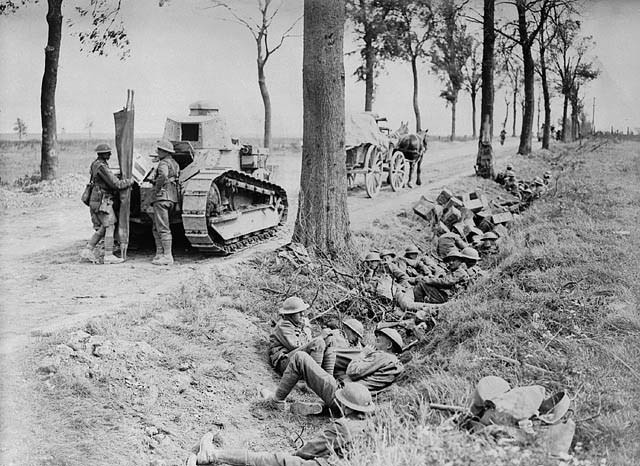
#7 World War I Ends – Bulgaria sign Armistice of Salonica
| Date: | September 29, 1918 |
Greece had entered the war on the Allied side in June 1917. A multi-national army was thus being assembled in the region, comprising of French, British, Russian, Serbian, Italian and Greek forces, along with a small number of Portuguese, Albanian and Montenegrin troops. On 15 September 1918, this large force under French General Louis Franchet d’Espèrey attacked through the Macedonian front and rapidly advanced to the Bulgarian capital. Bulgaria was defeated and an armistice was signed between Bulgaria and the Allied Powers in Thessaloniki on September 29, 1918.
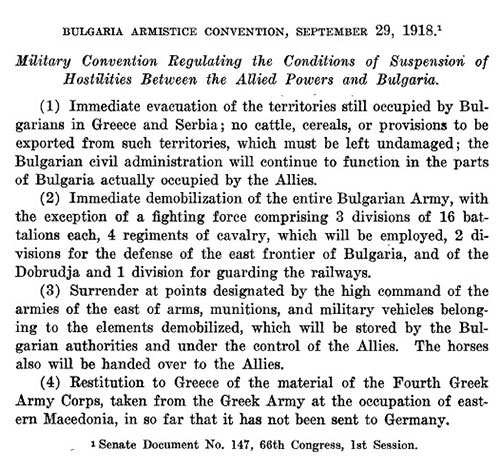
#8 World War I Ends – Ottoman Empire sign Armistice of Mudros
| Date: | October 30, 1918 |
In the October of 1918, the Arab revolutionaries along with the Allied forces had destroyed much of Ottoman Empire’s fighting power. The fall of Bulgaria through an Allied invasion from Greece, now directly threatened the Ottoman Capital of Constantinople (Istanbul). The defeats in Syria and Mesopotamia were a major blow to the Ottomans. With the enemy advancing on all fronts and the Central powers not in any position to assist, the Ottomans sued for peace. The Ottoman Empire signed the Armistice of Mudros on October 30, 1918 with the British.
#9 World War I Ends – Austro Hungarian sign Armistice of Villa Giusti
| Date: | November 3, 1918 |
In June 1918, the Austro Hungarians launched an offensive aiming to break the Piave river defensive line and give a decisive defeat to the Italians. However, the Battle of Piave River ended in a disaster for the Austro Hungarian Imperial Army with close to 120,000 casualties. Italian General Armando Diaz carefully planned his own offensive and on 24th October, 1918, the Italians attacked in the Battle of Vittorio Veneto. By the end of October, the Austro Hungarians began a chaotic withdrawal and their commanders began to seek a ceasefire. The armistice was signed on November 3, 1918 in the Villa Giusti, northern Italy.
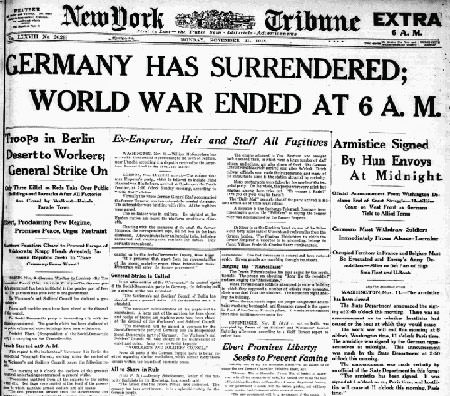
#10 World War I Ends – Germany Surrenders
| Date: | November 11, 1918 |
After the failure of the Spring Offensive of 1918, Germany was retreating on the western front in September and October of 1918. The German empire was collapsing back home with acute food shortages leading to mass starvation in German cities. The German Revolution forced Kaiser Wilhelm II to abdicate on the 9th of November. A few days later, Germany agreed to surrender, signing an armistice with the allies on November 11, 1918. The Armistice of 11 November 1918 was signed at Le Francport near Compiègne. It ended fighting on land, sea and air in the First World War.

